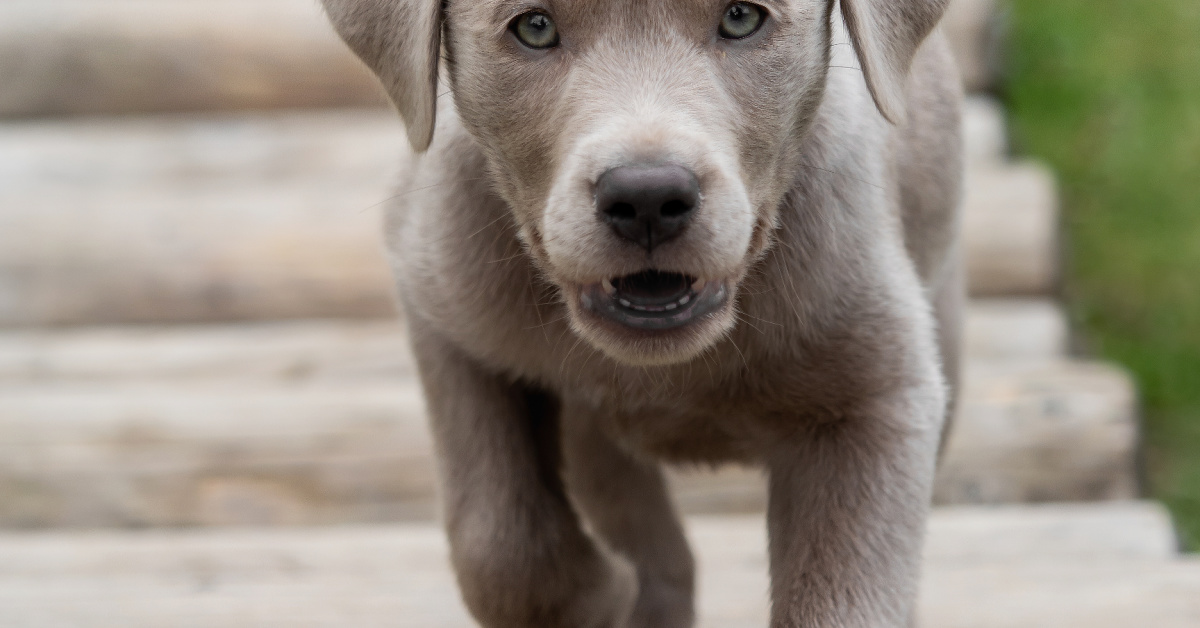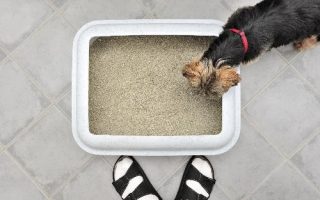Many people think that there are only three Labrador colours: chocolate, yellow, and black. However, did you know that there are also silver Labs?
In this article, we have listed down everything you will need to know about this striking-colored Labrador Retriever.
What Are Silver Labs?
Silver Labradors are just like regular Labs—with a unique, silver-blue-grey coat.
The silver Lab first popped up around the 1920s. English Noblemen loved this Labrador color when they went to Canada, so they brought the silver Labrador Retrievers to Britain. This is why the silver Labradors sometimes called Silver English Labs.
This rare-coated Lab later on arrived in America and was registered by the American Kennel Club in 1917. While they are gorgeous Labradors, there is a lot of controversy surrounding their status as purebred Labs.
Why Are Silver Labs Silver?
A set of genes determines what color your Lab will be. Black is the original Lab color and is the most dominant one.
If Labrador Retrievers are black, it is because their coats have a lot of eumelanin pigment. They appear brown if they have less.
B and E genes influence your Lab’s coat color. However, if the Lab is silver, it is because of the D gene. Silver Labs have two recessive genes, which dilute the chocolate coat color.
So, how does a chocolate Lab become silver based on its genes? A “big D” gene creates full strength coat color, whereas “little d” creates a diluted color.
Here is an example of gene combinations for chocolate Labs.
If there are two dominant genes, which are “DD”, it creates a chocolate Lab. If there are dominant-recessive genes, which are “Dd”, it creates a chocolate Lab because the dominant gene still overrides the recessive gene.
However, if it is “dd”, it creates a silver Lab. Therefore, two recessive genes, especially if the parents are chocolate Labradors, create silver Labs.
There are theories as to why silver Labs have an unusual coat. Some people suspect that they originated from mix-breeding a Weimaraner with a Labrador. On the other hand, some believe that it could be a possible gene mutation or hidden genes.
The Controversy

The American Kennel Club recognizes three colors for Labs—chocolate, black, and yellow. They do not give champagne, charcoal, and silver Labs their own category since these Labradors thought to diluted versions. In spite of this, they still consider silver Labs as a pedigree and categorize them under chocolate Labs even though silver Labradors cannot become show dogs.
Additionally, as mentioned earlier, some people think that silver Labs are a result of mixed breeding. Therefore, they are not considered purebred Labradors by these individuals.
Take note, though, that silver Labrador Retrievers can actually be considered purebred. They can get registered as chocolate Labs by the American Kennel Club, especially if there are at least 3 generations of breeding as proof.
In any case, there is a low chance that silver Labradors are inbred since there are seven distinct bloodlines now.
Is There a Difference Between Silver Labradors and Other Labradors?
Aside from their coat color, the main difference between silver Labs and other Labs would most likely be their price. People oftentimes spend more for something that they believe is one of a kind. And since silver Labs are rare, they are pricier than other Labrador types.
When it comes to Labrador temperament, however, silver Labradors are just as sweet, fun, and energetic as any other Lab. They are still great family dogs and working dogs, which makes them ideal for many people.
Because they are just like regular Labrador Retrievers, silver Labs have the same health risks and are prone to the same issues like overeating. Most silver Labs will also live for about 10-15 years.
One thing you should note, however, is that their genes could give them a higher chance of coat issues. This is because the dd gene is often associated with certain kinds of hair loss.
This condition is often called color dilution alopecia, and it is more common in dogs with the color dilution gene. While it is not a danger to their health, there is no cure. However, you can try to consult a veterinarian to know how to slow down the hair loss.
Another Silver Labrador Fact: Their Eyes Change Color
Other than their fantastic coat color, silver Labs have another unique trait: their eye colors often change slowly.
When silver Labradors are still puppies, they have light blue eyes. They often keep that color until they are 6- to 8-months old. There have been rare occasions, however, where silver Labs had blue eyes forever.
Usually, the light blue color of the silver Lab’s eyes will change into a pale yellow. It looks almost golden, which gives them a striking appearance as well. Some people, though, have silver Labs whose eyes are hazel and brown.
All in All
Silver Labradors are pretty much the same as a regular Labrador in many ways. The main difference is their unique coat and eye color. There is an interesting history behind the breed, but they are just as lovable and wonderful as any other Labrador.






